Though debatable, the Maison was founded in the winter months of 1946—December 16 to be exact. In its official statement, the house of Dior recognises its foundations to have begun a year later, in 1947, when the designer and founder of the same name, Christian Dior, showcased his first collection to the public eye. Mr Dior had an affinity towards the arts, one that stemmed from his childhood and maintained to the day he founded his eponymous Maison. Born in a seaside town in Normandy, France, in 1905, Dior and his family relocated themselves to Paris when the designer was in his formative years. His artistic tendencies and passion for the arts led him to sell sketches along the streets of the city for extra money. Upon the completion of his education, Dior was given money by his father to open his own gallery—one that sold artworks from many artists and contemporaries of the time, namely, Pablo Piccaso.
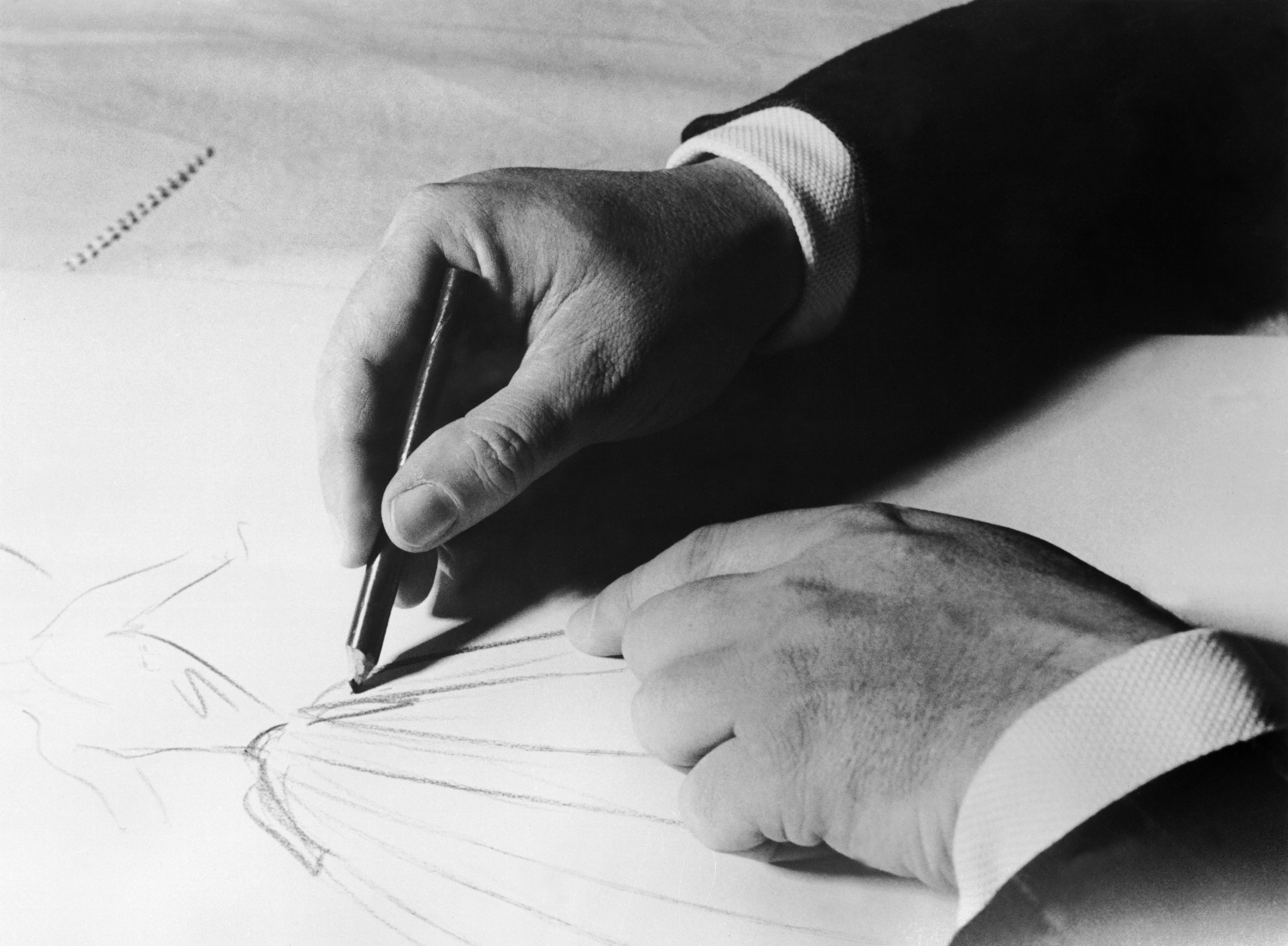
Though very passionate about his craft in the arts, Dior and his business partner, Jacques Bonjean, were forced into foreclosure due to the circumstances of Dior’s life. Faced with the Great Depression, the death of his mother and sister, and the unfortunate collapse of his father’s business, Dior renounced his ownership of the gallery and pivoted his focus to working with designer Robert Piguet. This was the beginning of Dior’s efforts in the fashion industry.
On February 12 of 1947, in the early days of spring, we see Dior coming out from a state of a chrysalis. Presenting his debut collection, showcasing a whopping 90 looks, he garnered significant attention from fashion enthusiasts and editors alike. Within the community, the collection was coined the “New Look” as it featured a celebration of life, a stark difference from the life of the era, post-World War II.
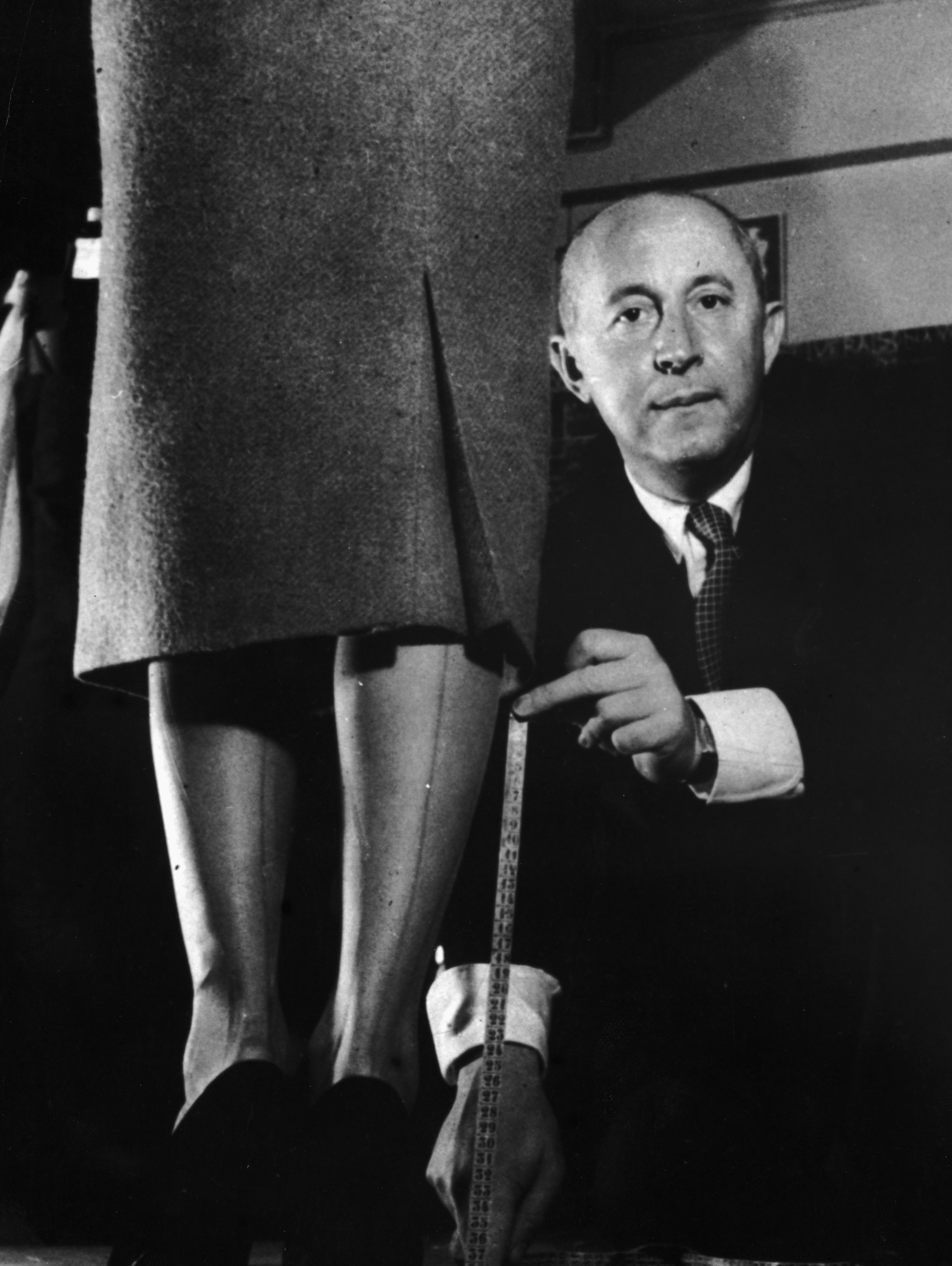
Consisting of looks that featured calf-length skirts, full-length ones, cinched waists and fuller busts that accentuated women’s bodies, spectators were taken aback. Critics were halved, some meeting the collection with critique while others lauding it as a moment of renaissance after a period of grimness.
An upward trajectory at Maison Christian Dior
Over time, Dior’s collections were worn by celebrities and the upper echelons of fashion. This gave him, more or less, a stamp of approval, to work towards licensing his works and designs all over the world. In November of 1948, Dior and his team members founded a ready-to-wear house in New York, being the first of its kind to exist. In the same year, to allow for the continuity of the brand, Dior released additional line extensions under his namesake brand, ranging from perfumes to bags, ties and furs. Being a very superstitious man, Dior never ventured out into showcasing a show unless he consulted his tarot card reader. Setting a trend in licensing his designs, Dior set forth a revolutionary move within the fashion industry, prompting his contemporaries to follow suit.
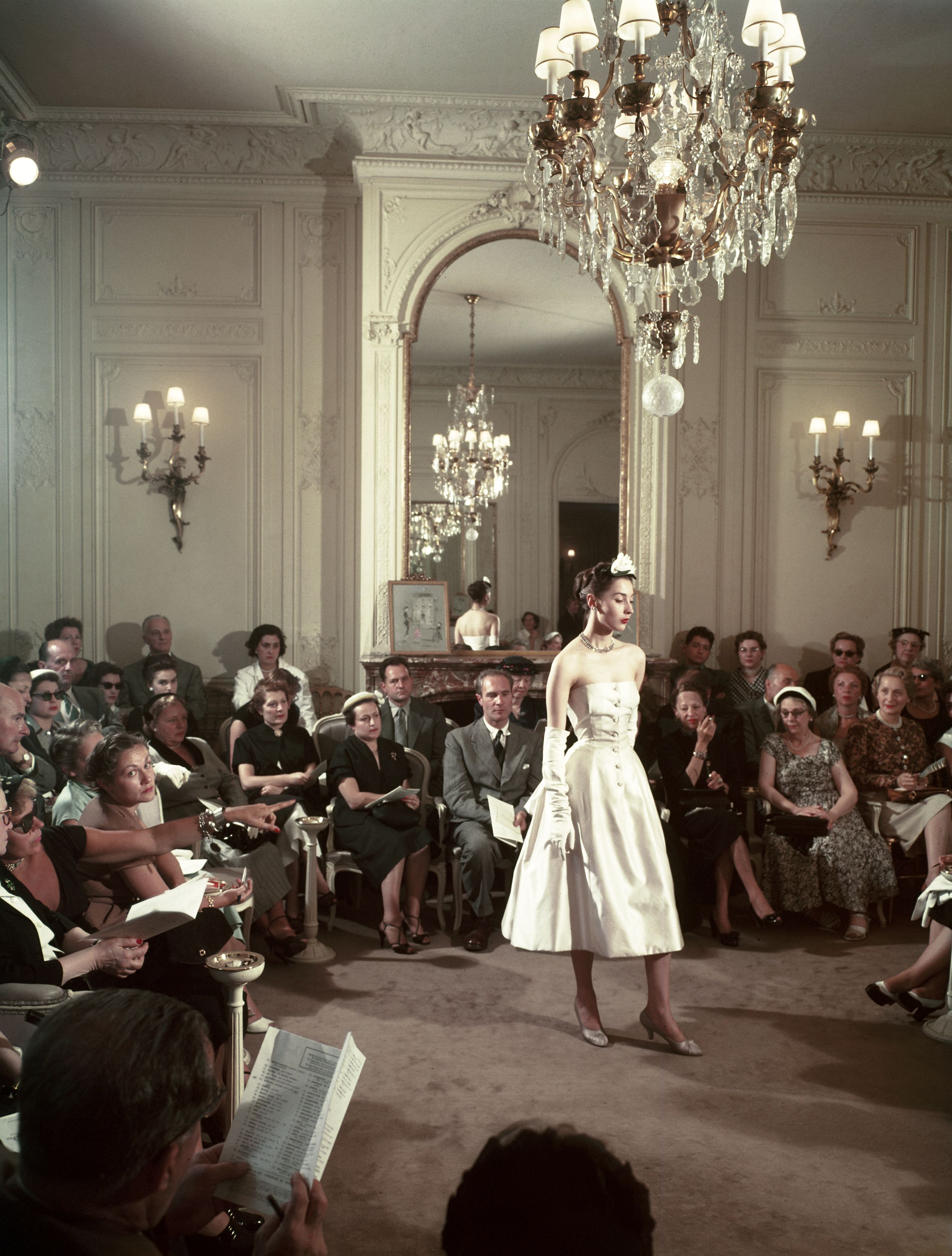
Though Mr Dior met with a tragic end due to a fatal heart attack, his successors were more than suitable to carry on the legacy. Yves Saint Laurent himself, who became the immediate Creative Director and was handpicked by Dior before his demise, led the brand to success. When Saint Laurent was released from his role due to military enlistment, French designer Marc Bohan took over. It was then that he launched new “slimmer” silhouettes that were met with great success as they reflected the design and cultural aesthetics of the time.
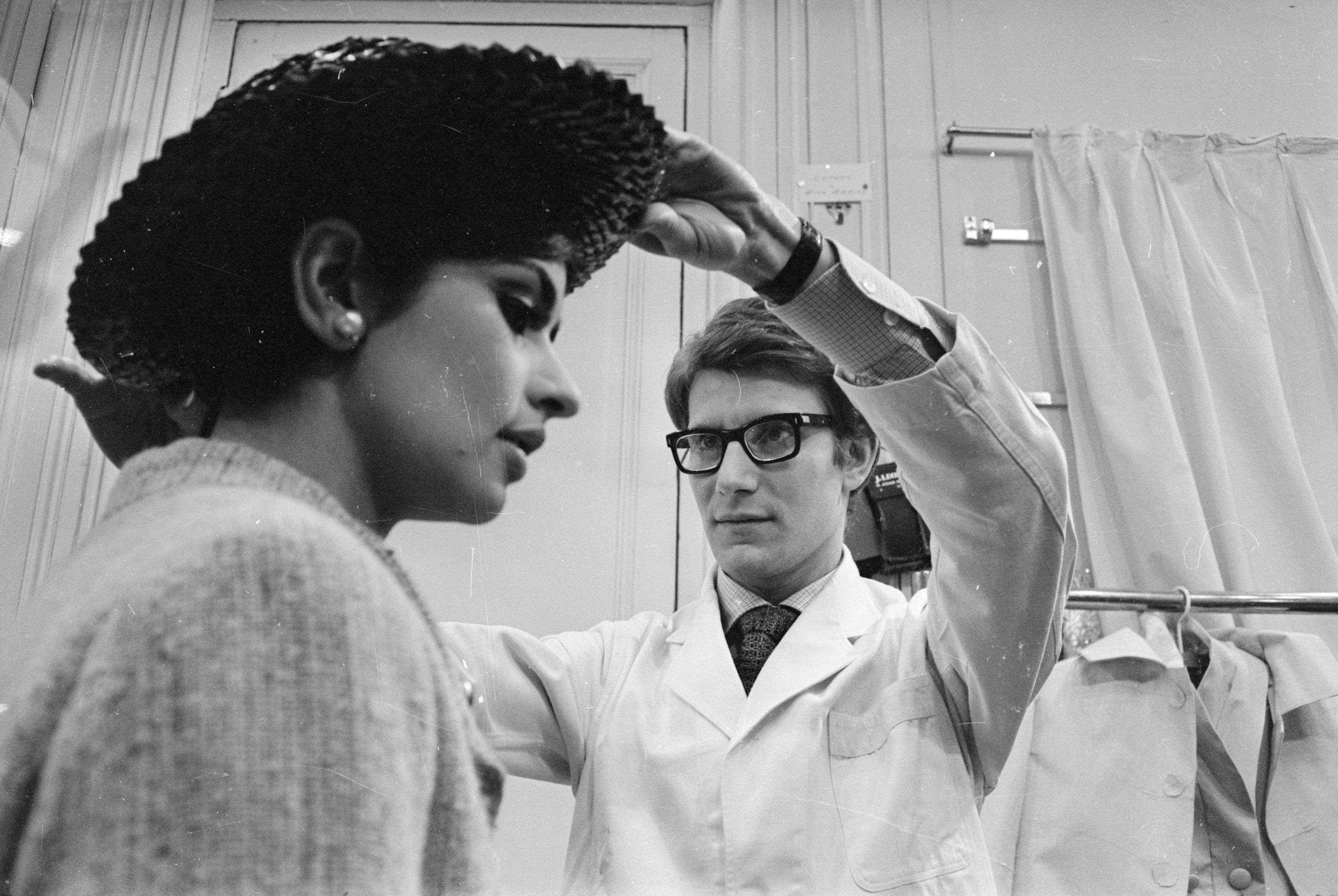
Replacing Bohan was John Galliano, who was renowned for his bold and striking designs, as well as his Dior Saddle handbag that took the world by storm. Through his 14-year tenure in the House of Dior, Galliano built the house as a staple and classic luxury go-to for everyone. His successor, Raf Simons then took on the role of Artistic Director for three years, and reinterpreted the brand into his own vision. Now, joining the forces are Italian fashion designer Maria Grazia Chiuri, who is the House’s current Creative Director; and Kim Jones, Artistic Director for Dior Men’s, who have evolved the brand to fit the wants and needs of the now—casting in accessories and clothing from archival pieces that are meshed in with today’s silhouettes.
To highlight some of Dior’s bests, we list some key investment-worthy bags so you know which timeless pieces truly belong in your wardrobe.
1. The Dior Saddle
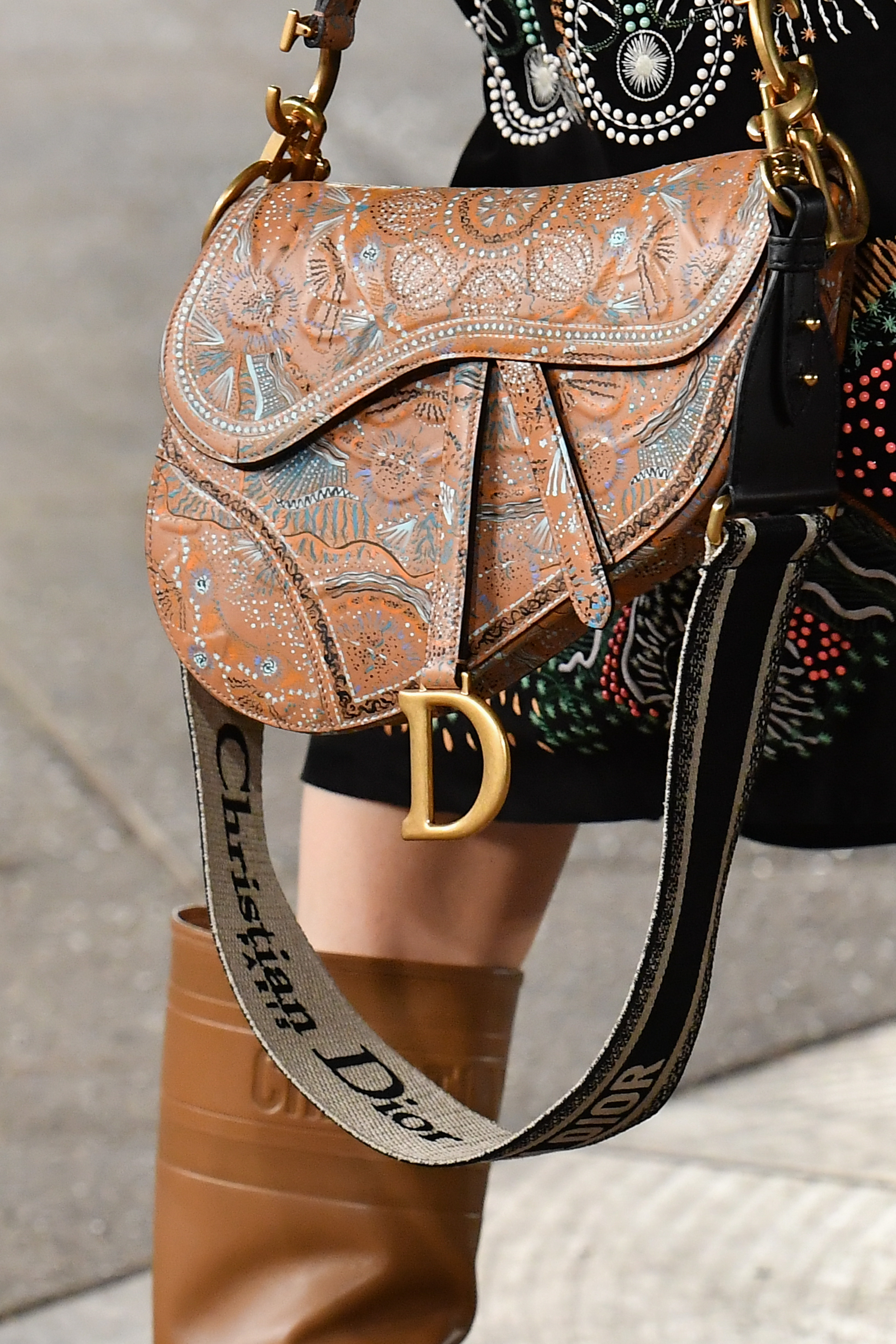
The Dior Saddle is a horse-saddle, kidney-shaped bag that took the world by storm when it was first released in 1999 at the 2000 Spring Ready-To-Wear show by Galliano. Approved by the biggest stars of the time such as Paris Hilton, Beyoncé and even TV character Carrie Bradshaw, the bag lost its buzz in the 2000s but was resuscitated when it was spotted in the hands of Beyoncé herself in November of 2014. Since then, Maria Grazia Chiuri reinstated the bag from the vaults, crafting it into many designs and finishes. Seen now in the hands of many of our favourite celebrities alike, the Dior Saddle is a must-have.
2. Lady Dior
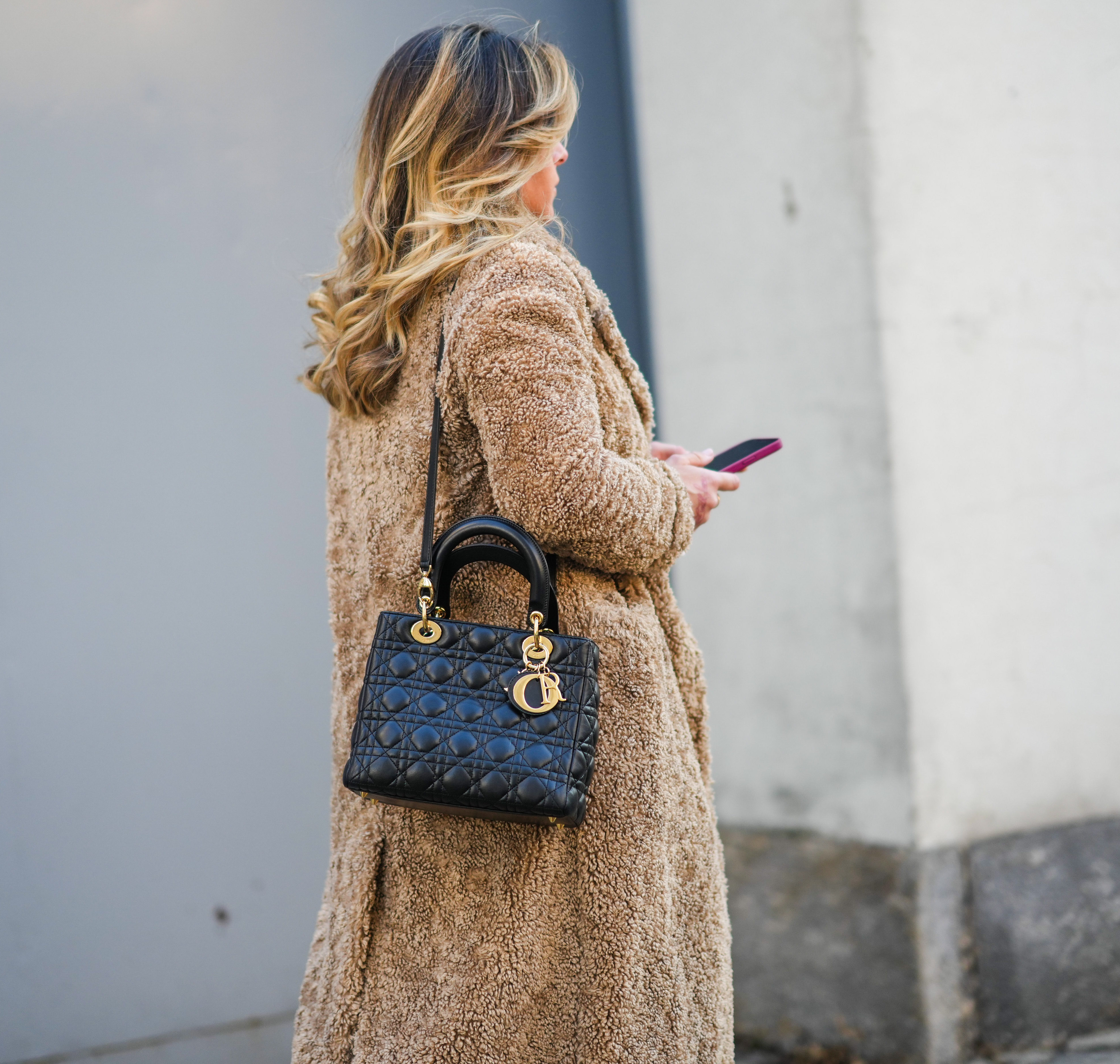
The Lady Dior is a special piece that was made by Gianfranco Ferré. Initially called the “Chouchou”, the top-handle bag quickly became a favourite for Princess Diana and grew in popularity when it was sported by the princess in 1995. With a set of charms that fall on the side of the bag, elevating its elegance, the Lady Dior is fit for everyone.
3. 30 Montaigne
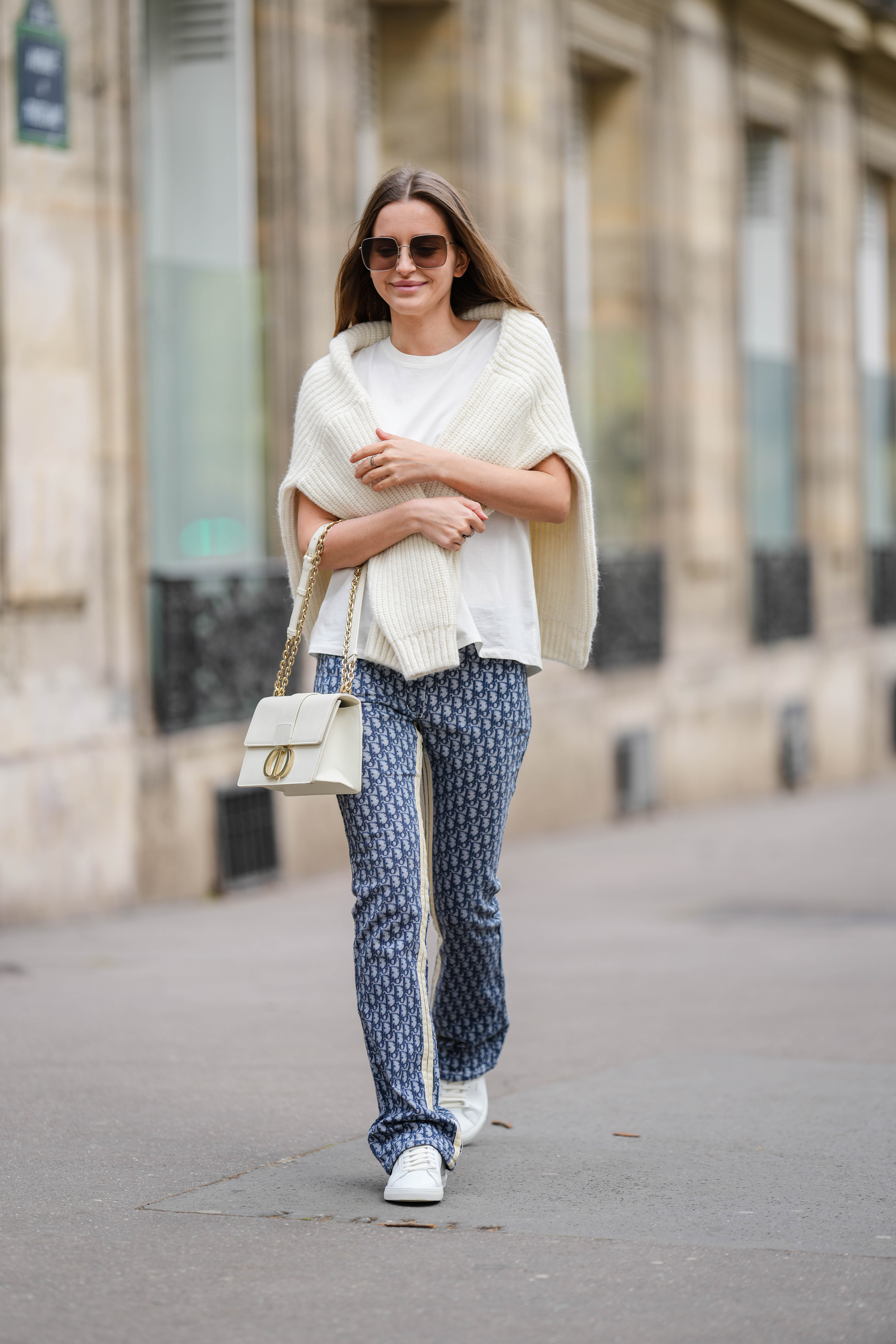
Released under the helm of Maria Grazia Chiuri, the 30 Montaigne is named after the House’s flagship address in Paris. The box-shaped bag is inspired by the silhouettes from the ‘60s, complete with a shoulder strap and the brand’s monogrammed CD clasp on the front.
4. Dior Book Tote
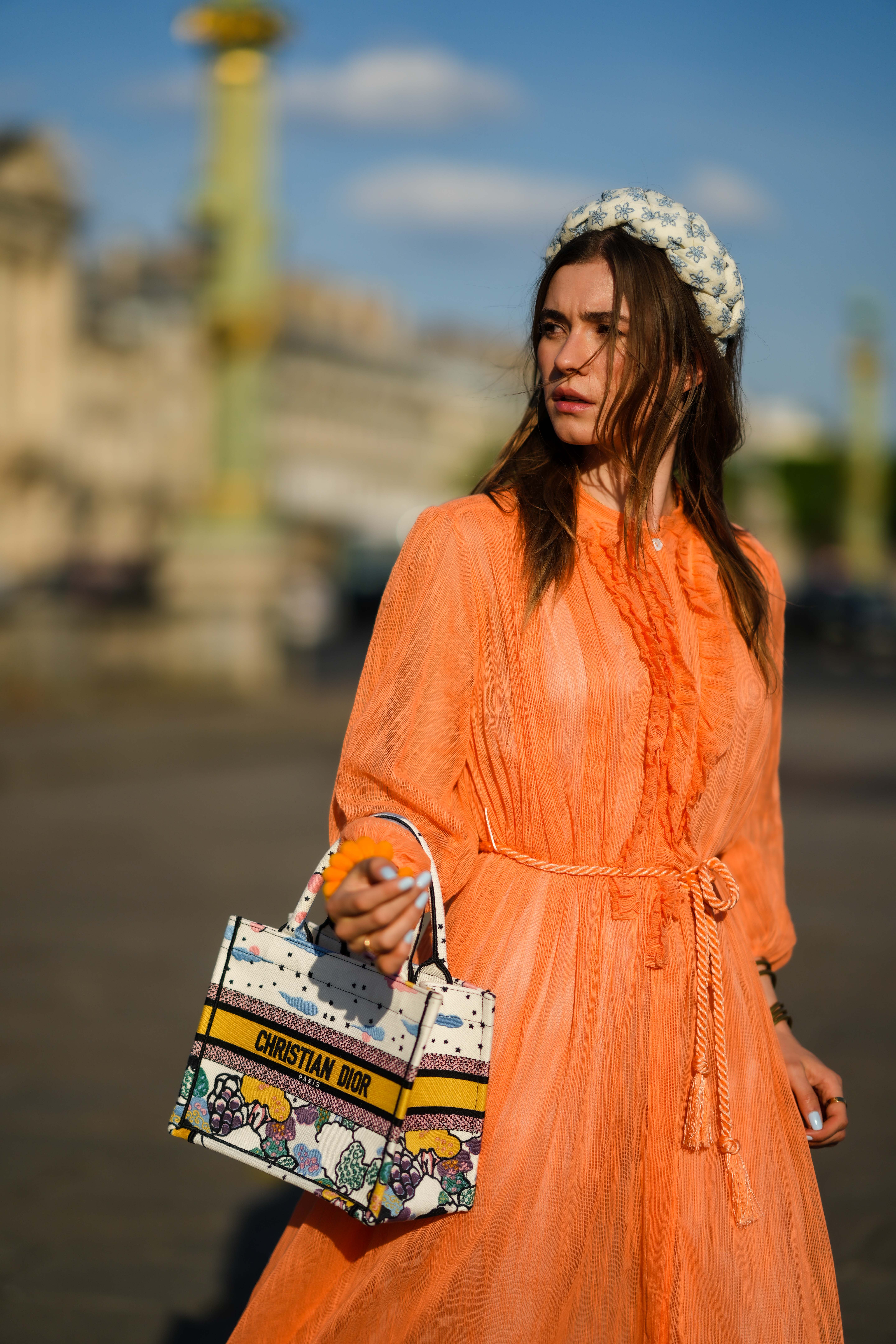
Once known as the Diorissimi, the Dior Book Tote has become a fan favourite for the everyday woman and jet-setters alike. Spacious, functional and absolutely excellent, it makes for a practical day-to-day bag.
5. Dior Bobby
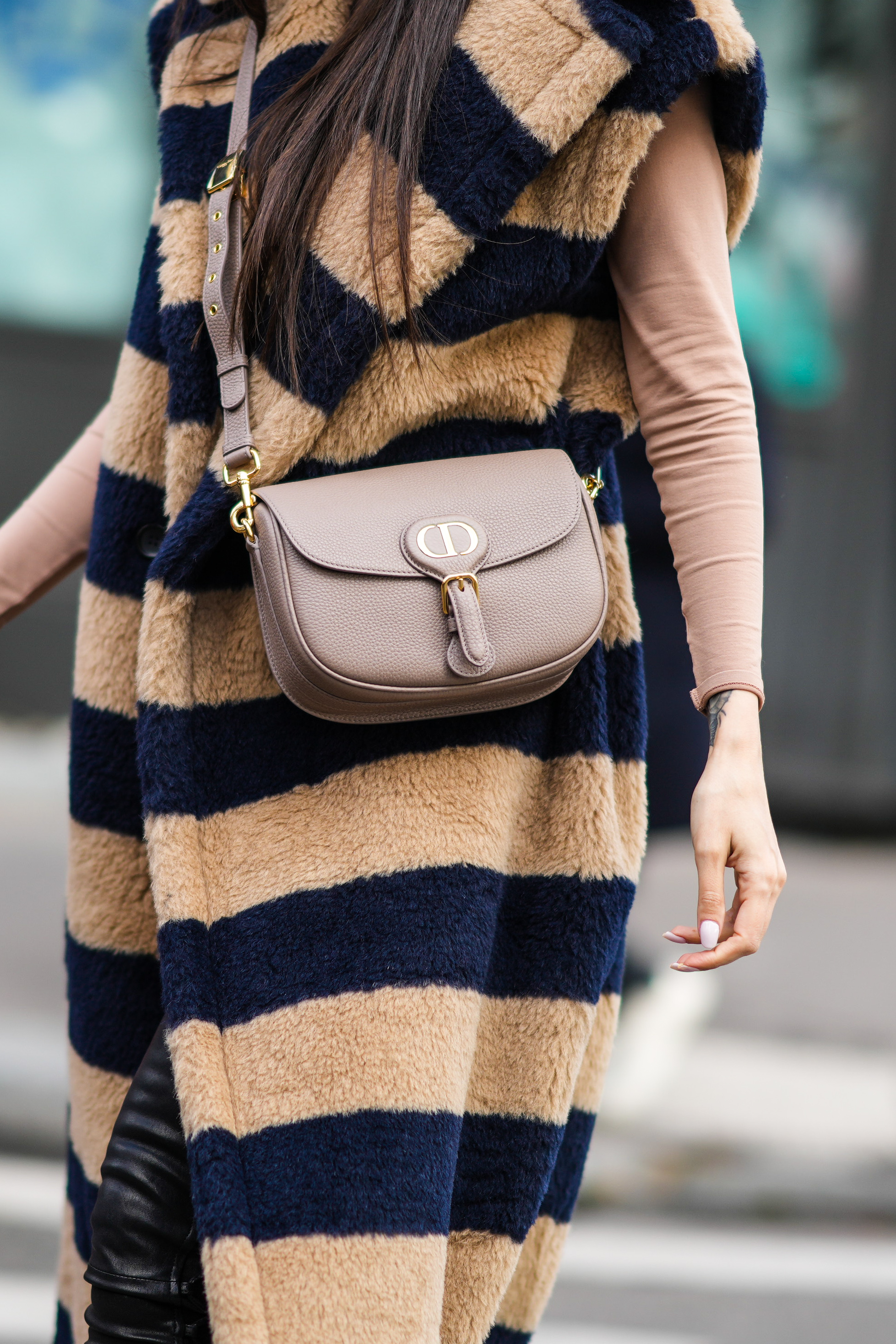
The last on our list is the Dior Bobby Bag, also introduced by Maria Grazia Chiuri. Named after Christian Dior’s beloved dog, Bobby, the bag is a timeless piece when factoring in its design. Casting in sophisticated lines and even proportions, the silhouette is crafted from black box calfskin with a suede calfskin interior for an added touch of suppleness. Conclusion: #need.
Interested in this article? Click here for more fashion stories.
| SHARE THE STORY | |
| Explore More |




